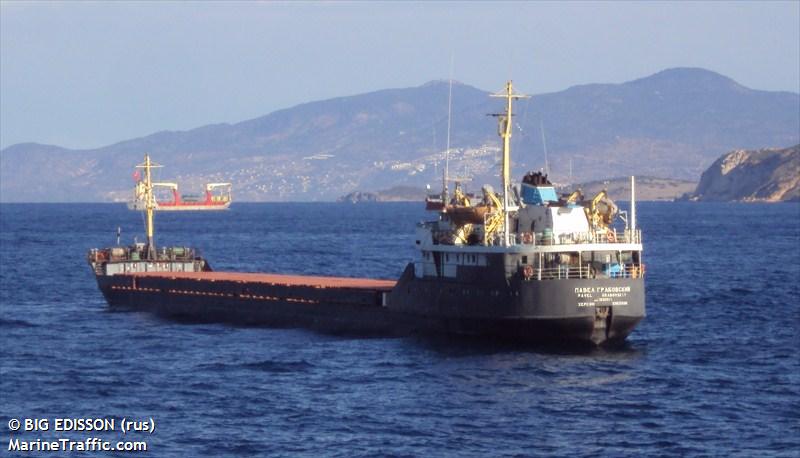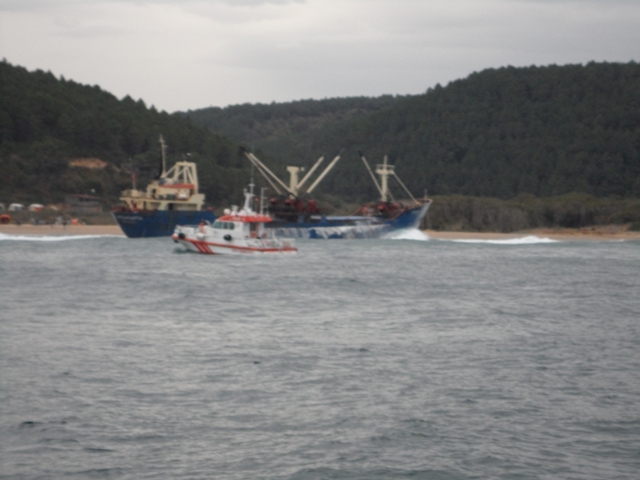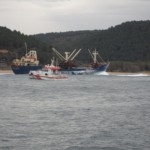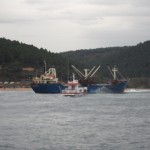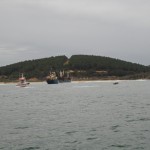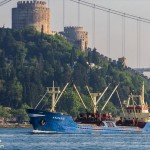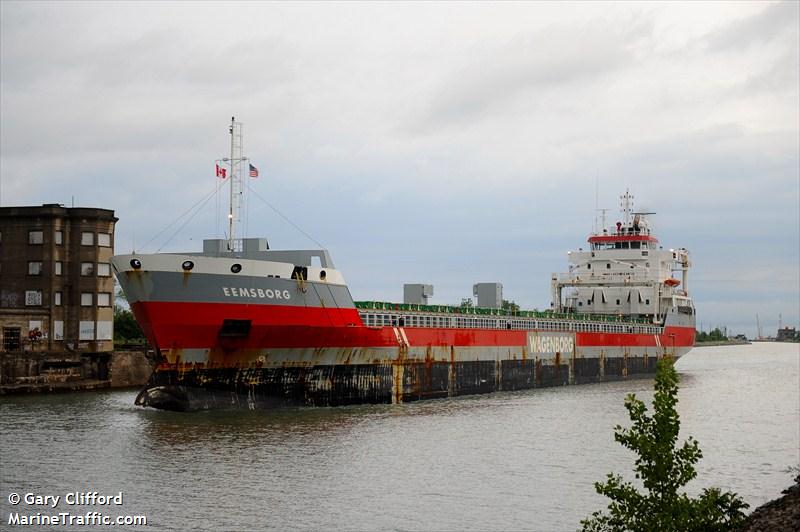Pavel Grabovskiy
The 114 meter long, 3147 dwt freighter Pavel Grabovskiy went aground just oustide the port of Azov, Russia in the Azov Sea. The vessel was departing the port loaded with a cargo of wheat when it grounded. No reports of injures to the 14 crew and no pollution was released.
